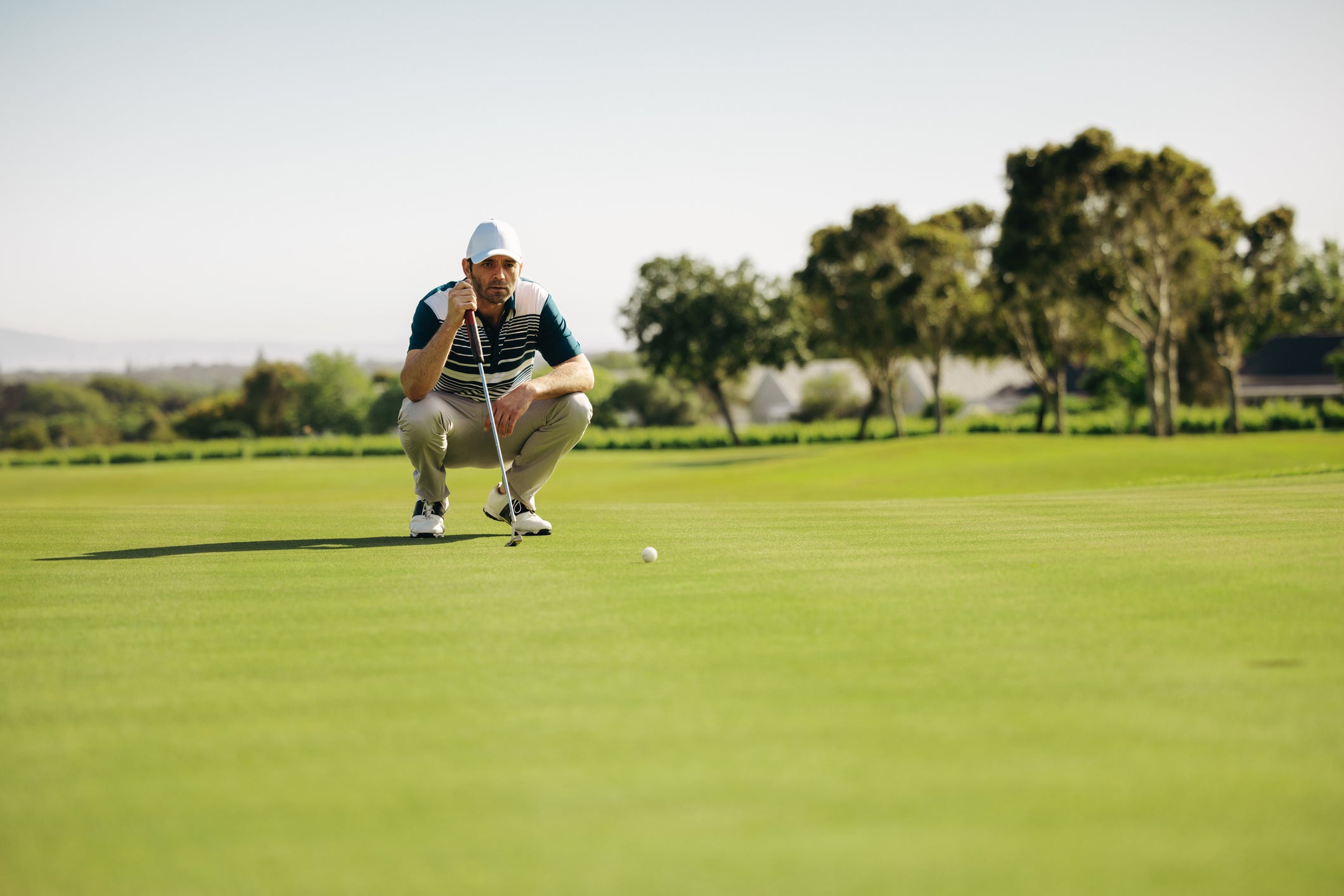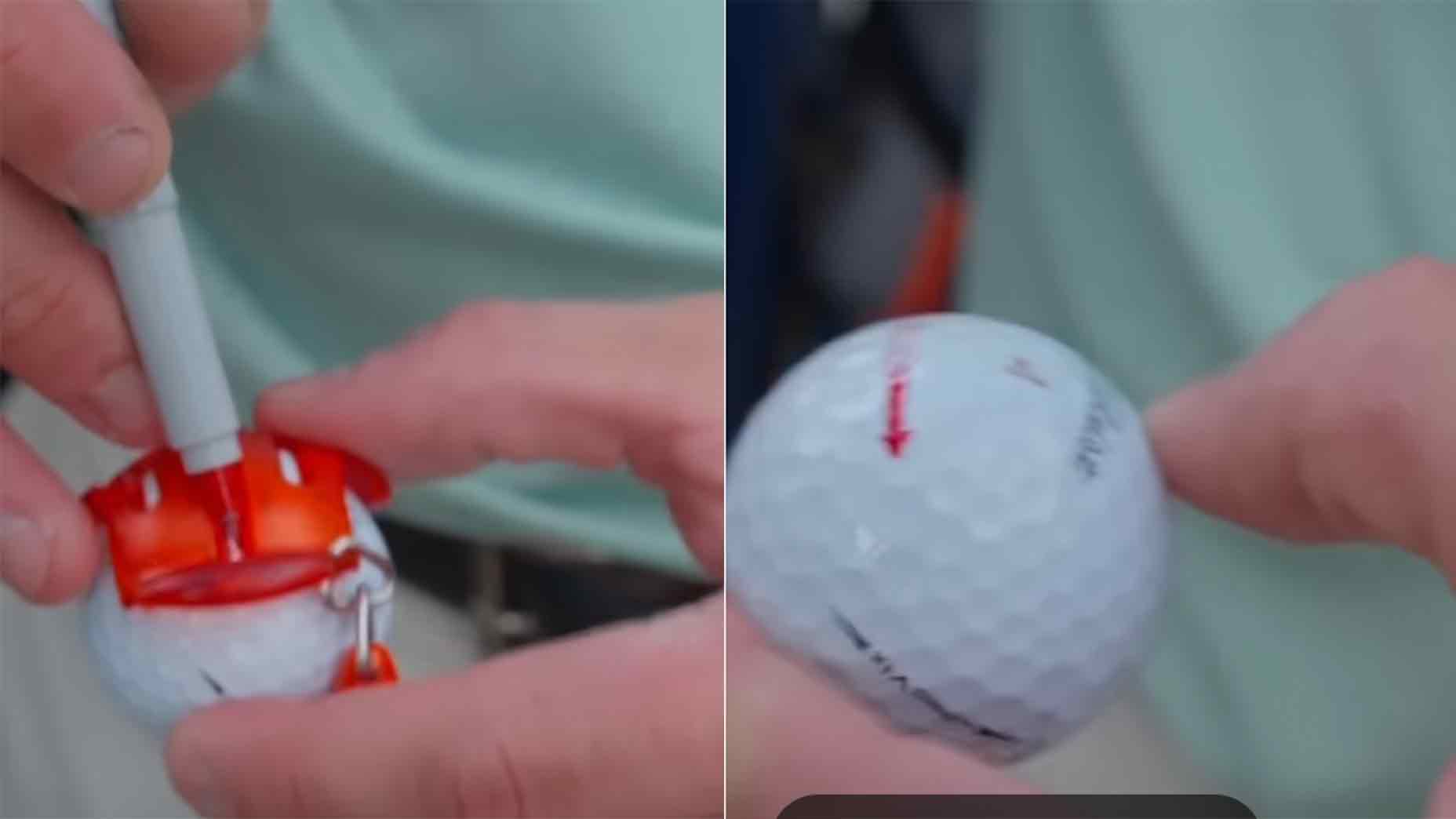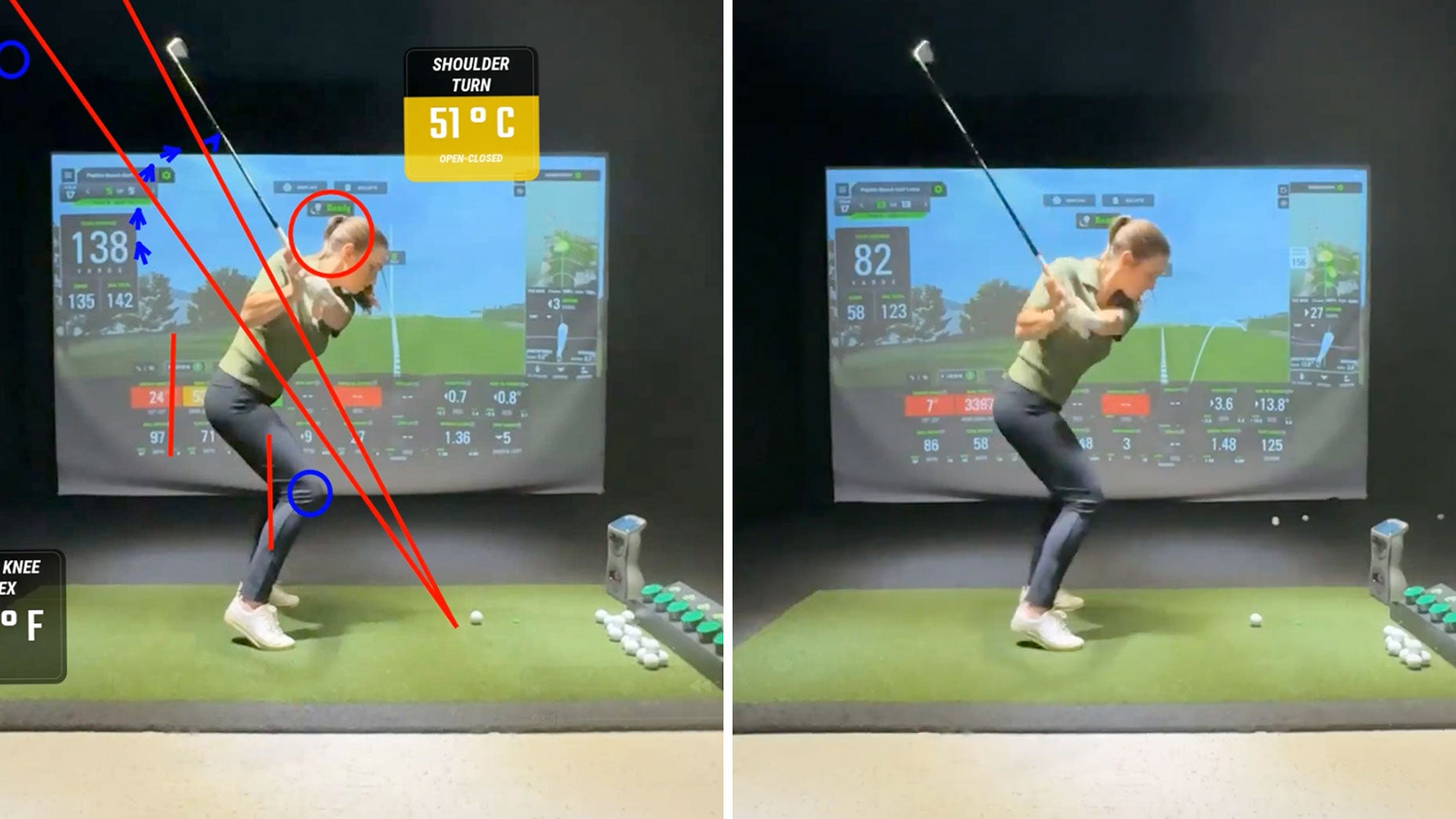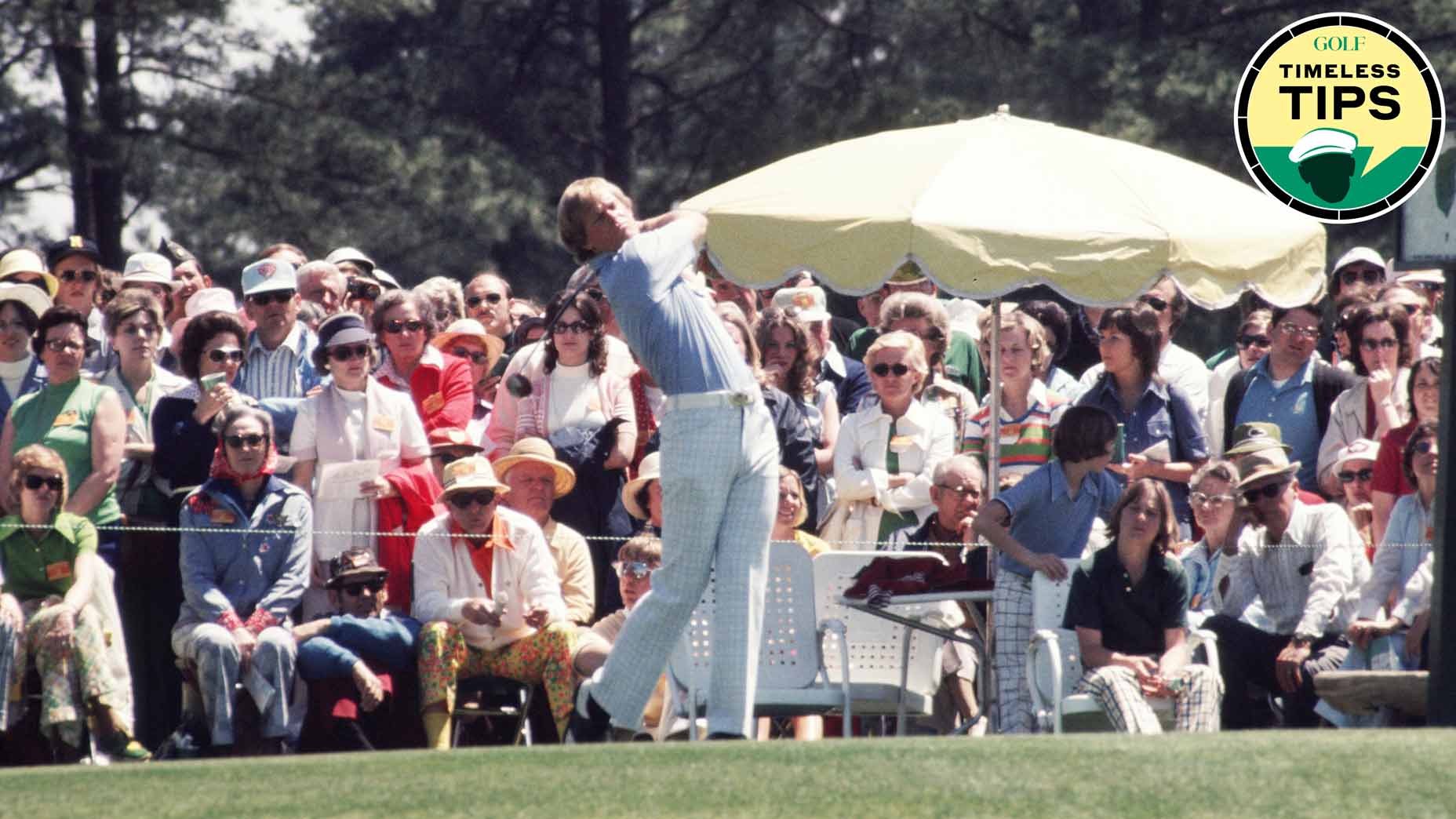 Johnny Miller’s ‘single best tip’ for hitting pure irons
Johnny Miller’s ‘single best tip’ for hitting pure irons
Here’s what those green-reading books players use actually look like
Green-reading books are secret weapons for Tour players and caddies alike. These useful guides (like the one below depicting Pebble’s diabolical eighth green, courtesy of Pro Green Book, Ltd.) feature ornate and highly detailed graphics of each and every hole, denoting the direction and degree of the slope from anywhere on the putting surface. As you can see, the back-to-front slope steadily increases throughout.
A 2.5-degree slope in the middle of the green steepens to 8.9 degrees at the front of the green. If the pin’s in front, get ready for a slick downhill putt if you miss long. It’s intel like this that pros flock to.
“All my practice is built around those greens books,” says Phil Mickelson. “In my yard I have a green with 1-, 2-, 3- and 4-degree slopes. I practice on that so I can equate it to the greens book when I play.” At the U.S. Open, players were able to consult their green-reading materials.
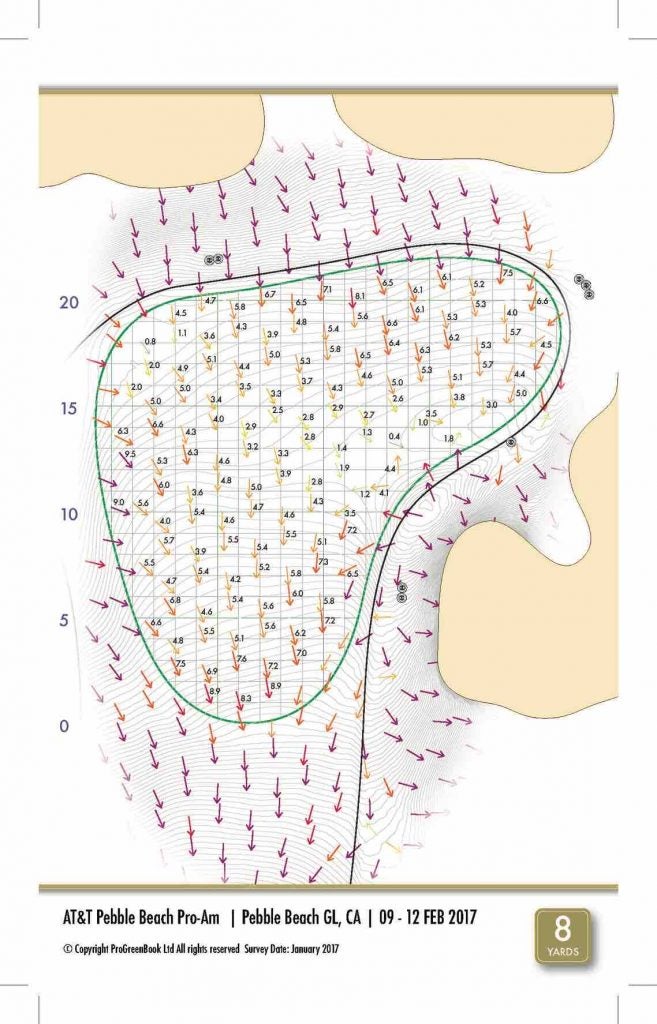
ADVERTISEMENT
That wasn’t the case at the Masters, which doesn’t issue or allow green-reading books.
“It makes it harder. All I can do out here is judge with my eyes,” says Bryson DeChambeau. “Is it as precise as the greens books? Absolutely not.” Even when allowed, the books are hard to come by. No worry.
Products like GolfLogix’s Putt Line (an app owned by GOLF‘s parent company) have every putt mapped on thousands of courses. Mark the pin and your ball and — voilà! — the app gives you the precise aim and speed data. It’s the traditional green-reading book with a modern twist.
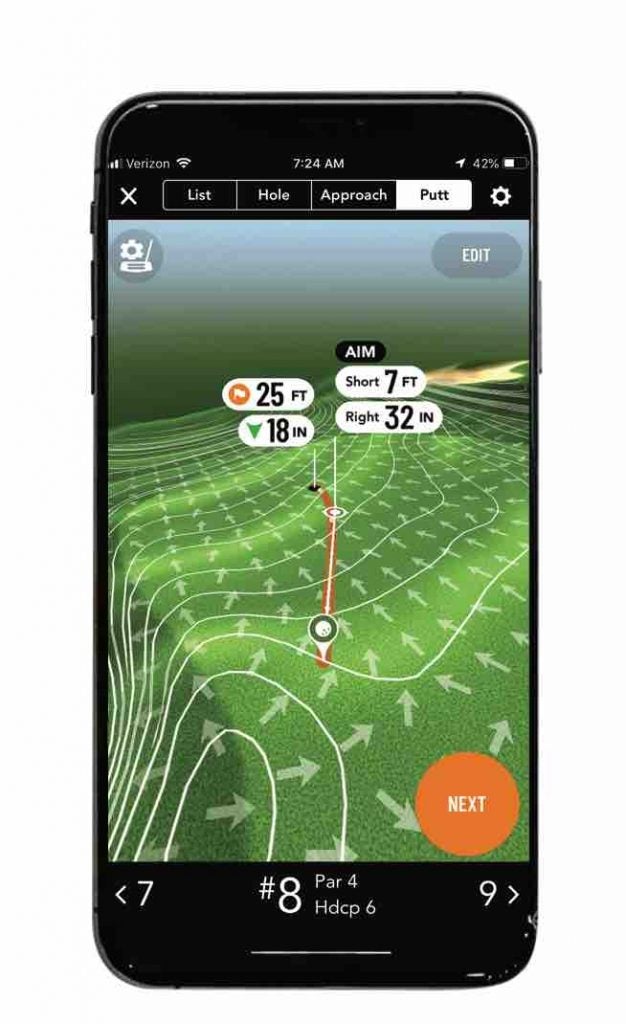
ADVERTISEMENT



